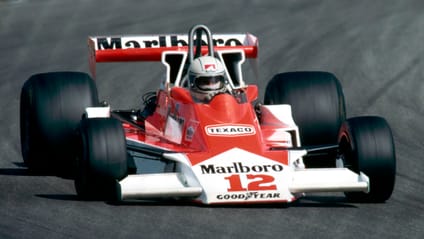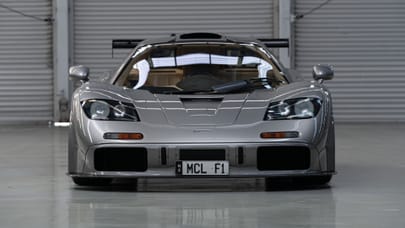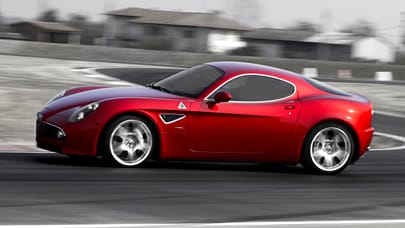
Top Gear's coolest racing cars: McLaren M23
What could be cooler than the car that gave James Hunt his infamous F1 title?


1976 was Britain’s punk rock summer. There was also a degree of anarchy on the world’s Grand Prix circuits courtesy of a British sporting legend called James Hunt. You may have heard of him.
The story of what happened 40 years ago in ’76 has been well-documented, providing as it does protagonist and antagonist (Hunt v Niki Lauda, though in truth they were good friends), waywardness v self-control, fiery Brit v calculating Austrian, McLaren v Ferrari, and of course an explosive twist for Lauda at the Nürburgring – the race he lobbied to boycott, despite having set the lap record the previous year. It’s a wonder it took them so long to make a film about it (Ron Howard’s excellent Rush, which appeared in 2012).
Advertisement - Page continues below
There was another, mostly unsung hero that year, though – the McLaren M23 that Hunt drove to championship glory. For children of the 1970s, its orange-over-white livery and Marlboro sponsorship (from 1974 – it wore the less manly Yardley logos initially) frames it as the quintessential, almost cartoonish racing car, fat back tyres dwarfing the ones at the front, huge rear wing a nod to fast-evolving but still nascent aerodynamics, the 3.0-litre Cosworth DFV one of the most esteemed pieces of mechanical hardware ever made.

McLaren’s design chief Gordon Coppuck was inspired partly by Lotus’s triumphant 72, but also McLaren’s own M16 Indy car when it came to drafting the M23’s form. The sharp nose, side-mounted radiators and dramatically wedge-shaped monocoque were the new car’s signatures. A rule change for ’73 also decreed that cars had deformable structures, so the McLaren had a cavity in its frame.
Advertisement - Page continues below
That the M23 was three years old when Hunt finally got his hands on it is a further testimony to its cool status. The M23 actually debuted in 1973, landing a pole position in the South African GP on its maiden outing with Denny Hulme at the wheel. He went on to finish fifth, while Denny Hulme took the car’s first win in Sweden. Jody Scheckter interrupted a fairly seamless first few races for the M23 when he spun his car exiting Woodcote during the British GP, triggering one of the most notorious pile-ups in Formula One history and the elimination of 11 cars.

By the end of the year, the M23 was clearly the rising star. It was certainly sufficiently tasty to lure 1972 world champion Emerson Fittipaldi to the team for the ’74 season, during which he won three races (his home one in Brazil, Belgium, and Canada), and McLaren’s first championship in F1 – another distinction.
It was also notable for being the first GP car to use a six-speed gearbox, an innovation introduced in 1975 and credited to McLaren team manager Alistair Caldwell. Caldwell also initiated the detachable steering wheel, another M23 first.

Hunt arrived at McLaren in 1976, desperate to prove that his performances the previous season in the self-consciously riotous Hesketh squad weren’t flukes. Pole position in the first race in Brazil was a pretty effective way of laying down a marker, and six wins would follow during that turbulent season. The M23 continued to demonstrate an amazing ability to evolve, even as the rules changed around it, although the repositioning of oil coolers briefly compromised the car’s balance. It was also adjudged to be 1.8cm too wide, following some post-Spanish GP skullduggery, resulting in Hunt’s (temporary) disqualification. There was further tumult at the British GP, when crowd-power eventually saw the local hero allowed to race in a spare car following a first-lap elimination.
It was that kind of year. And the McLaren M23 was that kind of car, not a technological trailblazer but a redoubtable, robust and ultimately fast enough racing car to take 16 wins, two driver’s titles and one constructor’s championship.
McLaren M23

Year: 1976
Engine: 2993cc V8, 470-490bhp @ 10,500rpm
Key moment: Japanese GP 1976. Specifically, the moment when James Hunt refuses to believe that he has actually won the championshipAdvertisement - Page continues below
Trending this week
- Car Review
BMW iX3







